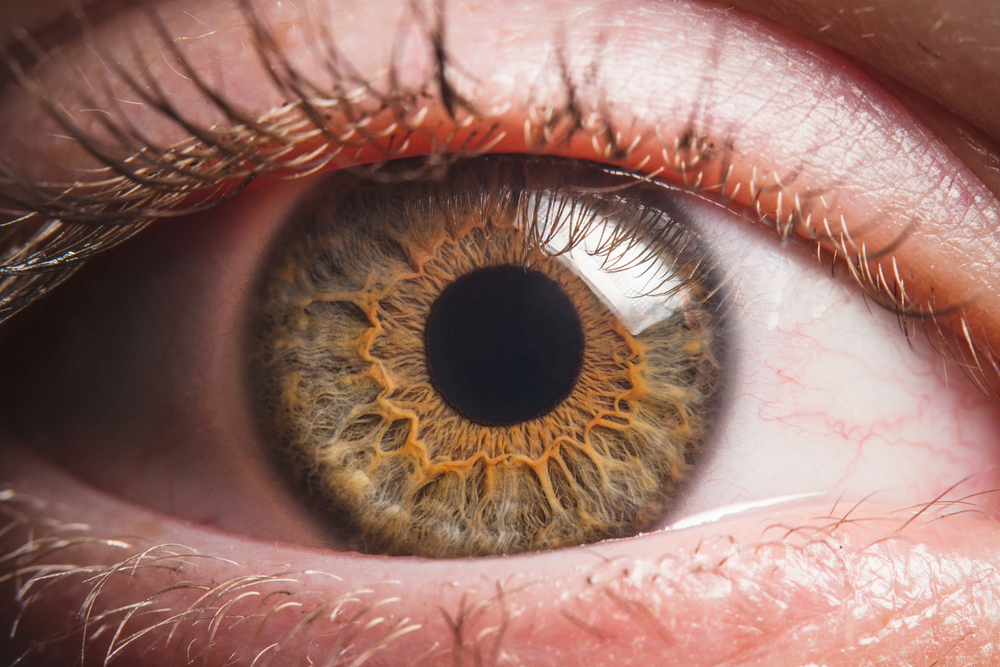I was recently reminded about the laser eye surgery that I received in 1997.
In 1997 I decided to have laser eye surgery to correct my myopia so that I would not need to wear glasses.
In the building where my practice was located, there was a group of ophthalmic surgeons, so I booked a consultation with one of them.
At this consultation, the ophthalmic surgeon recommended to me that I should have PRK surgery on my eyes rather than Lasik. He said to me that Lasik was more risky because it was a two part surgery, whereas PRK was less risky because it was a simpler procedure.
So I took his advice.
The problem was that the PRK surgery hurt like hell post-operatively for some two to four weeks. Also, for that whole four weeks following the surgery, my treated eye was also very light sensitive. So much so, that it was necessary for me to completely avoid direct sunlight for the four weeks following my treatment.
Yes it was that bad.
My experience was so bad that I vowed that there was no way I was going to ever go through with PRK when it was time for me to have my second eye treated. I decided that for my second eye, that I needed to seek out a new ophthalmic surgeon who was skilled in Lasik.
And that’s what I did.
Post-operatively after Lasik surgery, my second eye was pain free and I was able to see in broad daylight from the get-go.
The difference was like chalk and cheese.
In hindsight…
In hindsight, I realised that the first ophthalmic surgeon who operated on me really only recommended PRK surgery to me because he wasn’t proficient at doing Lasik, or he hadn’t learnt the Lasik procedure, or he may not have purchased all the machines needed to do Lasik.
I truly believed that I was not given the best treatment needed for me.
I believe that I was only offered the treatment that that surgeon was capable of doing. Or was comfortable doing.
I recently heard about…
I’m not sure about the truth of this statement, but I recently heard about an orthodontist who said he would rather do extraction orthodontics on a child patient so that they finished their case sooner, rather than expand the child’s arches firstly, and avoid the extractions.
The reasoning given was [supposedly] based on the financial benefits to the practice of completing the patient’s treatment in a shorter amount of time…
I hope this isn’t the truth of the matter…
In your dental practice…
In your dental practice, are you offering your patients BEST PRACTICE options that are best for the patient, or are you offering them only the treatment that you can do, when you know that a better treatment option for that patient is out there?
But it’s a treatment option that you do not do yourself.
For whatever reason…
And if that is indeed the case, is it in the patient’s best interests to have you do whatever you can do, even though what you can do may not be the best treatment that the patient should have?
Or is it in the patient’s best interests for you to insist that they go to see “Dr Smith”, who offers BEST POSSIBLE TREATMENT for that patient?
And that’s exactly the treatment that this patient should be having done….
Should you do the molar endodontics on this patient without a microscope?
Or should you refer the patient to the specialist endodontist, who has all the hi-tech gear necessary to deliver the patient the best possible outcome?
*************

Dr. David Moffet BDS FPFA CSP is a certified CX Experience coach. David works with his wife Jayne Bandy to help SME businesses improve their Customer Service Systems to create memorable World Class experiences for their valued clients and customers. Click here to find out how David and Jayne can help your business
